Master the Educational World By Implementing The 7 Principles Here
In the implementation of learning and learning process there are principles that must be considered. The principle itself means the truth which is the basis of thinking, acting, etc. or can also be interpreted as the basis. So that the principles of learning can be interpreted as the basics of truth from the learning process that must be followed and implemented. The principle is also said to be the foundation. As previously explained that learning is a process of behavior change that is caused by an interaction. The interaction is then referred to as activity in learning. This activity is called learning. To learn more about learning and learning please read the following section. While the principle of learning according to Larsen and Freeman (1986 in Supani and others 1997/1998) is represent the theoretical framework of the method. The principle of learning is the theoretical framework of a learning method. The theoretical framework is the theories that guide how a method is viewed in terms of 1. the material to be learned, 2. the learning procedure (how students learn and how the teacher taught the material), 3. the teacher, and 4. the students. The relatively general learning principles relate to attention and motivation, liveliness, direct / experienced engagement, repetition, challenge, feedback and reinforcement, as well as individual differences. According to Rusman (2015) Principles of Learning namely.
1. Attention and motivation
Attention has an important role in learning activities. Attention to the lesson will arise to the student when the subject matter is perceived as necessary, necessary for further study or necessary in everyday life, will generate motivation to learn it. Motivation is the energy used to move and direct one's activities. According to H.L. Petri, "motivation is the concept we use when we describe the force action on or within an organism to initiate and direct behavior". Data motivation is a learning goal. As a tool, motivation is one such factor as intelligence and previous learning outcomes that can determine the success of student learning in the field of knowledge, values and skills. Motivation is closely related to interest. Students who have an interest in a particular field of study tend to be interested in their attention and thus arise their motivation to study the field of study. Motivation is also influenced by values that are considered important in life. These values change their behavior and motivation.
2. Activity
Learning can not be imposed by others and also can not be delegated to others. Learning is possible only when the child is actively experiencing it by himself. John Dewey argues that learning is about what the student must do for himself, so the initiative must come alone. Teachers are just mentors and directors. According to cognitive theory, learning shows the existence of a very active soul, the soul to process information, not just save it without holding transformation. According to this theory the child has an active, constructive and able to plan something. In the process of teaching and learning to teach children can mengidantifikasi, formulate problems, find and find facts, analyze, interpret and draw conclusions. In every learning process students always show the liveliness. Activity can be physical activity and psychic activity. Physical activity can include reading, listening, writing, practicing skills, and so on. While the psychological activity for example using the repertoire of knowledge possessed in solving problems encountered, comparing one concept with another, concluding the results of experiments and other psychological activities.
3. Challenge
The Field Theory of Kurt Lewin suggests that students in learning situations are in a psychological field or field. In situations students face a goal to be achieved, but there is always a barrier that is learning learning materials, then arise the motive to overcome the obstacles that is by learning the learning materials. The challenge faced in learning materials to make students passionate to overcome them. New learning materials, which contain many problems that need to be solved make students challenged to learn it. The use of experimental methods, inquiry, discovery also poses challenges for students to study harder and more earnestly. Positive or negative reinforcement will also challenge the student and give rise to the motive for getting rewarded or avoided from unpleasant laws.
4. Direct / experienced engagement
According to Edgar Dale, in the classification of learning experiences poured into his cone of experience, suggests that the best learning is to learn from hands-on experience. Learning directly in this case is not just a direct observation but must live, directly involved in deeds, and responsible for the results. Learning should be done by students actively, either individually or in groups by solving the problem (problem solving). Teachers act as mentors and facilitators. The involvement of students in learning is not only physical involvement, but also emotional involvement, involvement with cognitive activities in the acquisition of knowledge acquisition, in appreciation and internalization of values in the formation of attitudes and values, and also when conducting exercises in the formation of skills.
5. Repetition
According to the theory of power psychology, learning is to train the human powers that consist of observing, considering, remembering, imagining, feeling, thinking, and so on. By repeating the power will develop. Departing from one of the laws of learning "law of exercise", Thorndike argues that learning is the formation of relations between stimulus and response, and the repetition of those observations increases the chances of a proper response. In the psychological theory of Conditioning, the response will arise not because of the stimulus alone but by the conditioned stimulus, for example the students march into the classroom, the car stops at the red light. The three theories emphasize the importance of the principle of repetition in learning even with different purposes. Although we can not accept that learning is a repetition as the three theories suggest, because it can not be used to explain all forms of learning, but the principle of repetition is still relevant as a basis for learning.
6. Individual differences
Students are unique individuals, meaning no two students are exactly the same, each student has a different from each other. This difference in learning affects the way and the results of student learning. The classical education system in our schools is less concerned with individual differences, generally the implementation of classroom learning by seeing students as individuals with average abilities, more or less the same habits, as well as their knowledge. The classical learning that ignores individual differences can be fixed in several ways, for example : Use of varied teaching-learning methods or strategies Use of instructional methods Provide additional lessons or enrichment of lessons for clever students and provide tutoring for underweight children In assigning tasks, should be tailored to students' interests and abilities.
7. Reversed and reinforced
The principle of learning relating to feedback and reinforcement is mainly emphasized by the theory of learning Operant Conditioning from B.F. Skinner. If the theory of conditioning is given the condition is the stimulus, then the reinforced operant conditioning is the response. The key to this learning theory is the law of effect Thorndike.Siswa learn earnestly and get good grades in the test. The good grades encourage the child to study harder. A good value can be an operant conditioning or positive reinforcement. Conversely, children who score poorly on repetition will be afraid of not going to class. It can also encourage children to study harder. This is called negative reinforcement or escape conditioning. The format of the dish in the form of questions and answers, discussions, experiments, discovery methods and so forth is a way of teaching and learning that allows the occurrence of feedback and reinforcement.
The Youth Steemit Indonesian Community For Steemit Education (@steemiteducation)
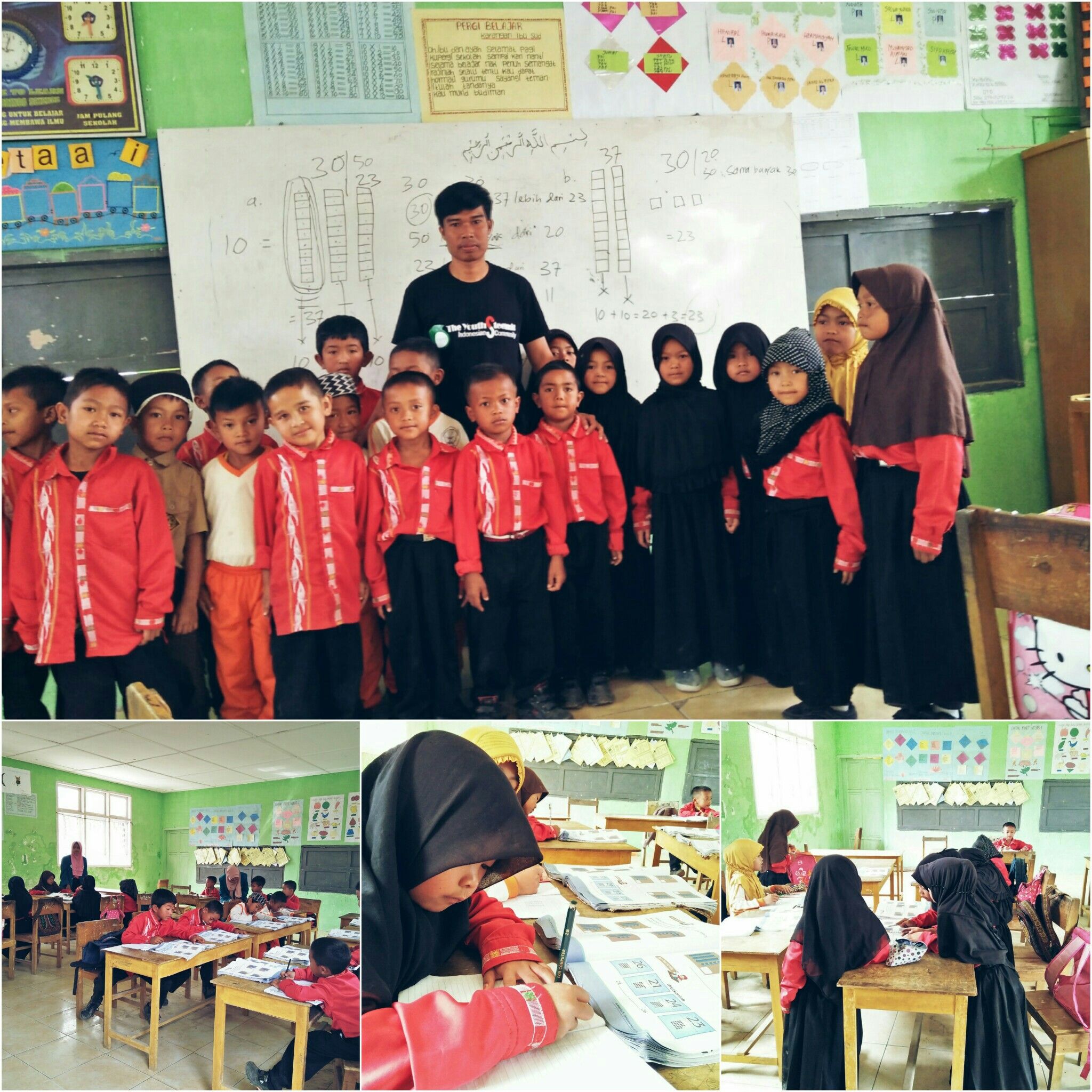



@pojan
@ponpase
@bangmimi
@adilvakhri




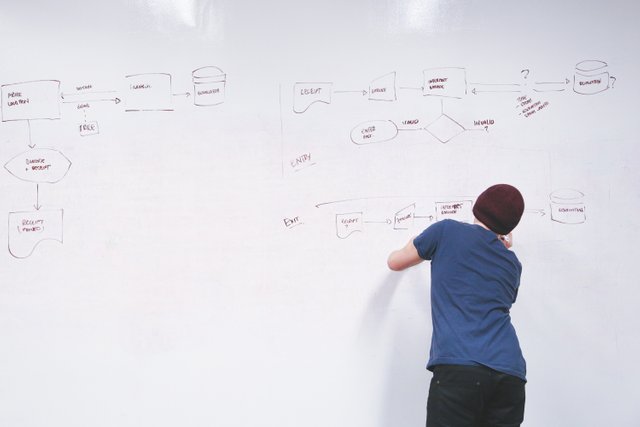

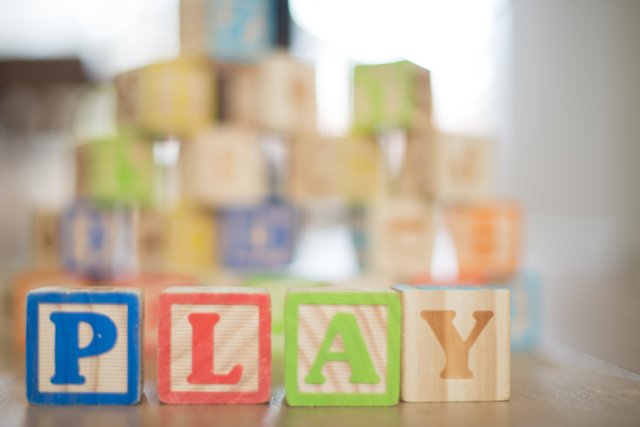

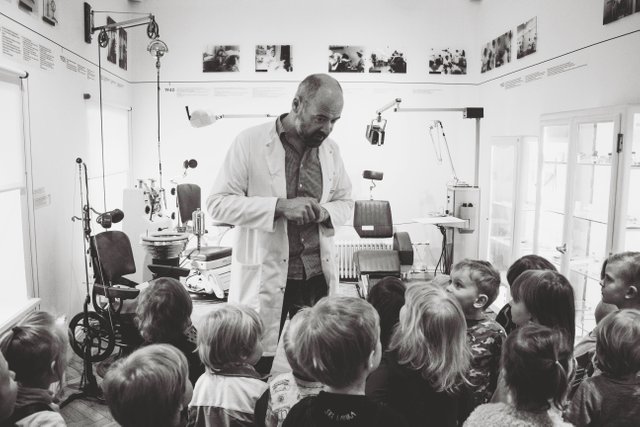
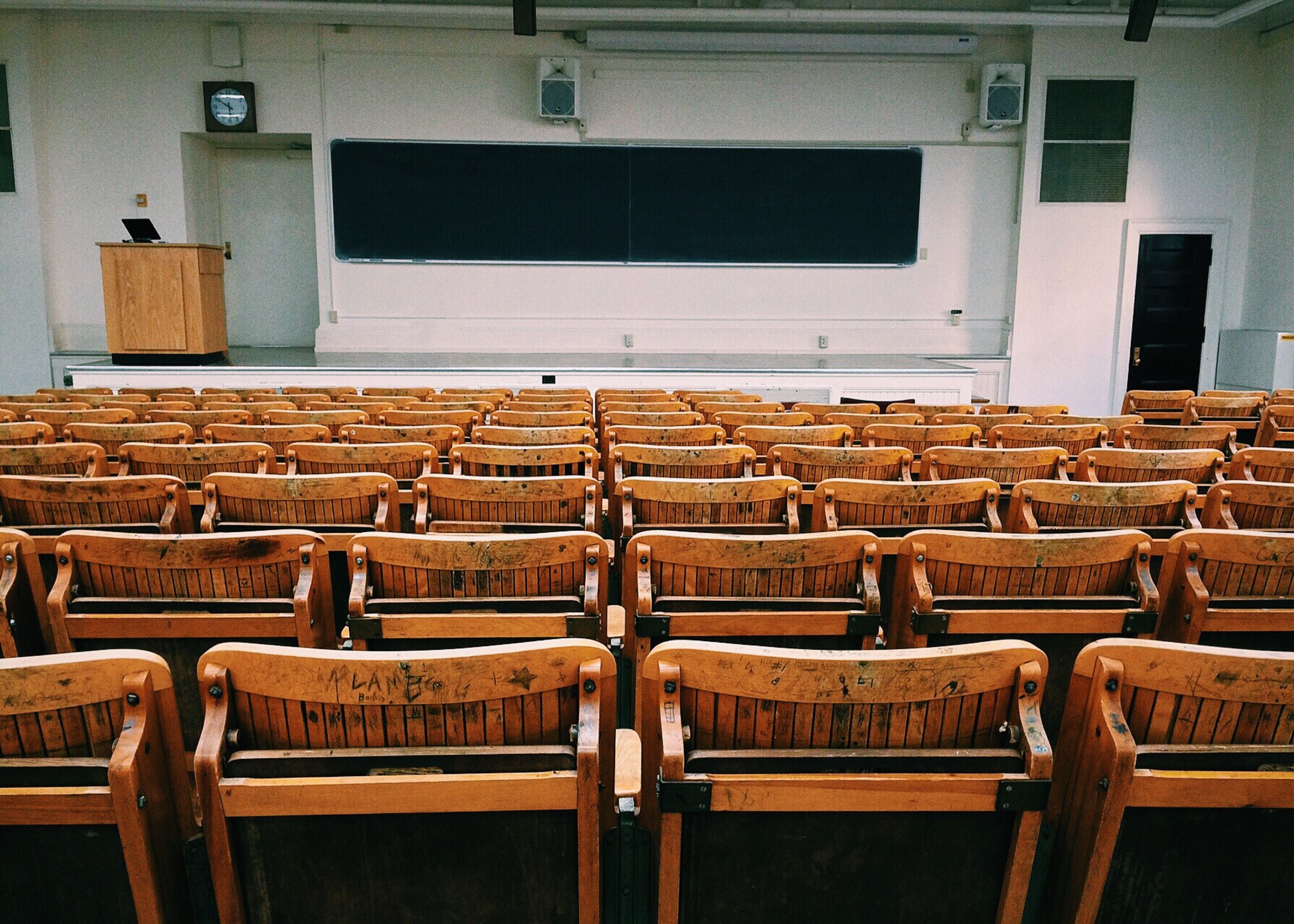
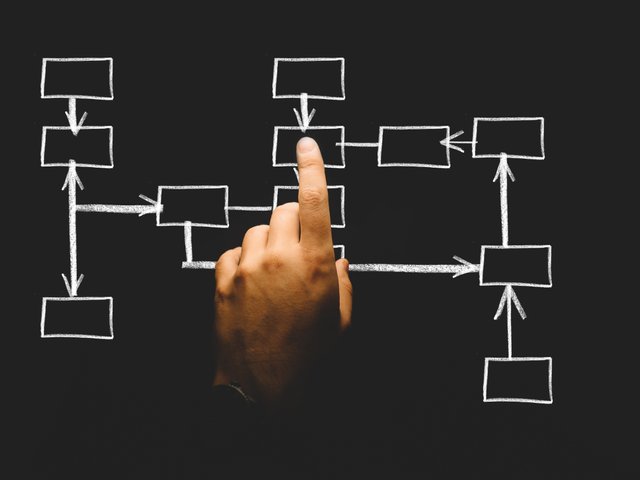
@steemcleaners Original Indonesian post below
http://www.karyatulisku.com/2016/04/prinsip-prinsip-belajar-dan.html
http://steemcleaners.com/verifications/new
Report it here please.
ok